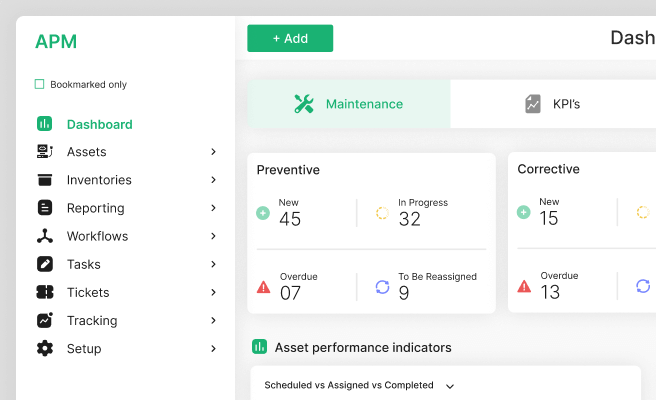Statistical Significance
<p>Statistical significance is a crucial concept in data analysis and research, especially for product managers and designers working in the climate tech industry. It refers to the likelihood that a relationship between two or more variables is caused by something other than random chance. This concept helps professionals make data-driven decisions with confidence, ensuring their strategies and actions lead to meaningful outcomes.</p>
<p>Historically, statistical significance has roots in the early 20th century with the development of hypothesis testing by statisticians like Ronald Fisher. It has since become a standard method for validating research across various fields, from medical studies to market research.</p>
<h2>Understanding Statistical Significance</h2>
<p>To determine whether a result is statistically significant, researchers typically use a p-value. The p-value measures the probability of obtaining the observed results, assuming that the null hypothesis is true. A p-value less than 0.05 is often considered statistically significant, indicating a less than 5% chance that the observed effect is due to random variation.</p>
<h3>Components of Statistical Significance</h3>
<p>Several components play a role in determining statistical significance:</p>
<ul>
<li><strong>Sample Size:</strong> Larger sample sizes tend to yield more reliable results.</li>
<li><strong>Effect Size:</strong> The magnitude of the difference or relationship being studied.</li>
<li><strong>Variance:</strong> The variability of the data. Lower variance typically leads to higher statistical significance.</li>
</ul>
<p>For example, a product manager analyzing user engagement data might find a statistically significant increase in app usage after introducing a new feature. This conclusion would be based on a p-value lower than 0.05, suggesting that the feature likely caused the increase.</p>
<h2>Applications in Product Design</h2>
<p>In product design, especially within climate tech, statistical significance is essential for validating A/B tests and user research findings. For instance, if a design team at a green manufacturing startup wants to test two versions of a user interface, they might use A/B testing to determine which version leads to higher user satisfaction. Statistical significance helps ensure their findings are not due to random chance but reflect true user preferences.</p>
<h3>Challenges and Considerations</h3>
<p>While statistical significance is a powerful tool, it has limitations and must be used carefully. One challenge is the risk of Type I and Type II errors:</p>
<ul>
<li><strong>Type I Error:</strong> False positive, where the null hypothesis is incorrectly rejected.</li>
<li><strong>Type II Error:</strong> False negative, where the null hypothesis is incorrectly accepted.</li>
</ul>
<p>Additionally, a low p-value does not automatically imply practical significance. For example, a statistically significant result in a large sample might have a very small effect size, which might not be meaningful in practice.</p>
<p>In climate tech, where design changes can significantly impact user adoption and behavior, it's crucial to complement statistical significance with practical significance. This ensures that design decisions lead to substantial improvements in user experience and sustainability.</p>
<h3>Real-World Examples</h3>
<p>Consider a climate-focused app designed to promote sustainable agricultural practices. The development team might run an A/B test to compare two notification designs for reminding users to water their crops. By analyzing the data and finding a statistically significant improvement in user engagement with one design, the team can confidently implement the more effective notification.</p>
<p>Another example is a carbon capture technology company testing different onboarding processes for new users. Statistical significance helps the team identify which process leads to more user completions, guiding their design decisions.</p>
<h2>Conclusion</h2>
<p>Statistical significance is a fundamental concept that empowers product managers and designers to make informed, data-driven decisions. By understanding and applying this concept, professionals can ensure their strategies and designs lead to meaningful, impactful outcomes. For more information on improving your A/B testing strategies, consider exploring resources like <a href="https://www.optimizely.com" style="color: #2896FF; text-decoration: underline;">Optimizely</a> or <a href="https://vwo.com" style="color: #2896FF; text-decoration: underline;">VWO</a>.</p> <p>Increase user engagement that converts your demos into sales. Optimise your UX strategies with our audits.
<p>Fill out the <a href="https://tally.so/r/n97pxQ" style="color:#2896FF; text-decoration:underline;">UX Audit form</a> to get started. Ready to discuss your needs? <a href="https://cal.com/akhilak/what-if-design?duration=25" style="color:#2896FF; text-decoration:underline;">Book a consultation call</a> with us today.</p></p>

Let's scale your impact with great design.
Free consultation, no sales pitch
Thank you! Your submission has been received!
Oops! Something went wrong while submitting the form.
Let’s talk
Nothing great is built alone.
Let’s connect about your vision, our work and how we can collaborate.
Get in touch

